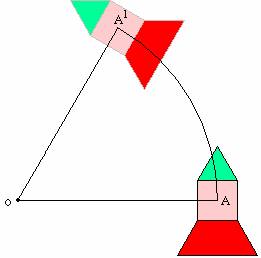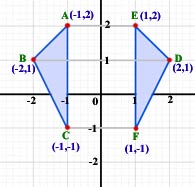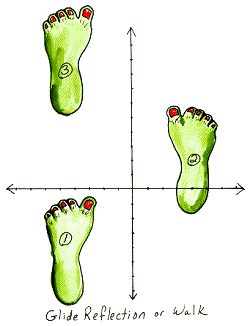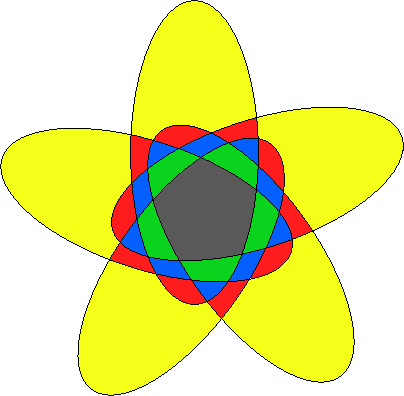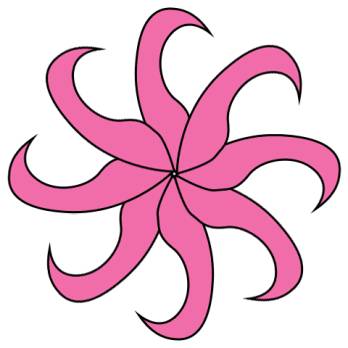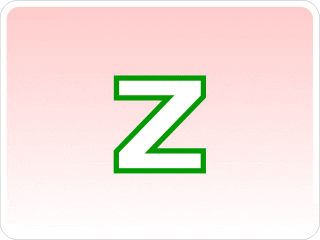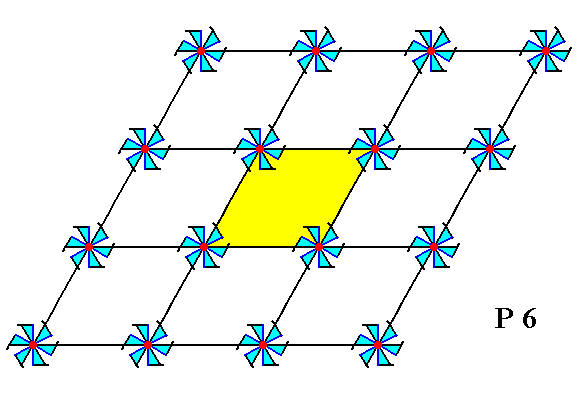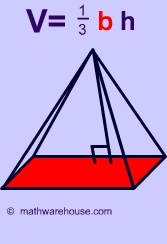According to the book "A Problem Solving Approach to Mathematics for Elementary School Teachers," "any motion that preserves length or distance is an isometry (which is derived from
Greek meaning 'equal measure). A translation is an isometry and is a one-to-one correspondence between a plane and itself. Any function from a plane to itself that is one-to-one correspondence is a transformation of the plane. So a translation is also a transformation. Because transformations are functions."
In other words a translation its like a child sliding down a slide. A translation moves every point on a plane towards a specific distance, direction along a straight line.
Rotations:
According to the book "A Problem Solving Approach to Mathematics for Elementary School Teachers," a rotation is another type of isometry. The textbook defines rotation as "a transformation of the plane determined by holding one point---the center---- fixed and rotating the plane about this point by a certain amount in a certain direction (a certain amount of degrees either clockwise or counterclockwise)."
Reflections
Reflection is another isometry. According to the book "A Problem Solving Approach to Mathematics for Elementary School Teachers," a reflection in a line (l) " is a transformation of a plane that pairs each point P of the plane with a point P' in such a way tht the (l) is the perpendicular bisector of PP', as long as P is not (l). If P is on (l) then P=P'."
Think of a reflection as what you would see he figure like if you were to put it in front of a mirror. The points on the plane have to remain the same but have to change signs in order to have a reflection. Below are some examples of reflections on a plane.
Glide Reflections:
Glide reflection is another type of isometry. The definition of Glide Reflection is a transformation consisting of a translation followed by a reflection in a line parallel to the slide arrow.



